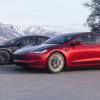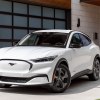
This 280 mpg Volkswagen Was Built To Answer One Simple Question
Building a car that achieves extraordinary fuel economy is no easy task. Cars like the Toyota Prius, Hyundai Ioniq, and the Honda Insight are among the most fuel-efficient cars on the road today and they weren’t designed, engineered, and built all in a week. In fact, cars like those (as well as any car, really) takes years of research and development to get the right formula as aerodynamics and weight are important parts of the equation. Volkswagen knows this all too well, not only when it comes to its forthcoming electric car lineup, but also when it came to creating the XL1, which was built to answer one simple question.
What question did the Volkswagen XL1 answer?
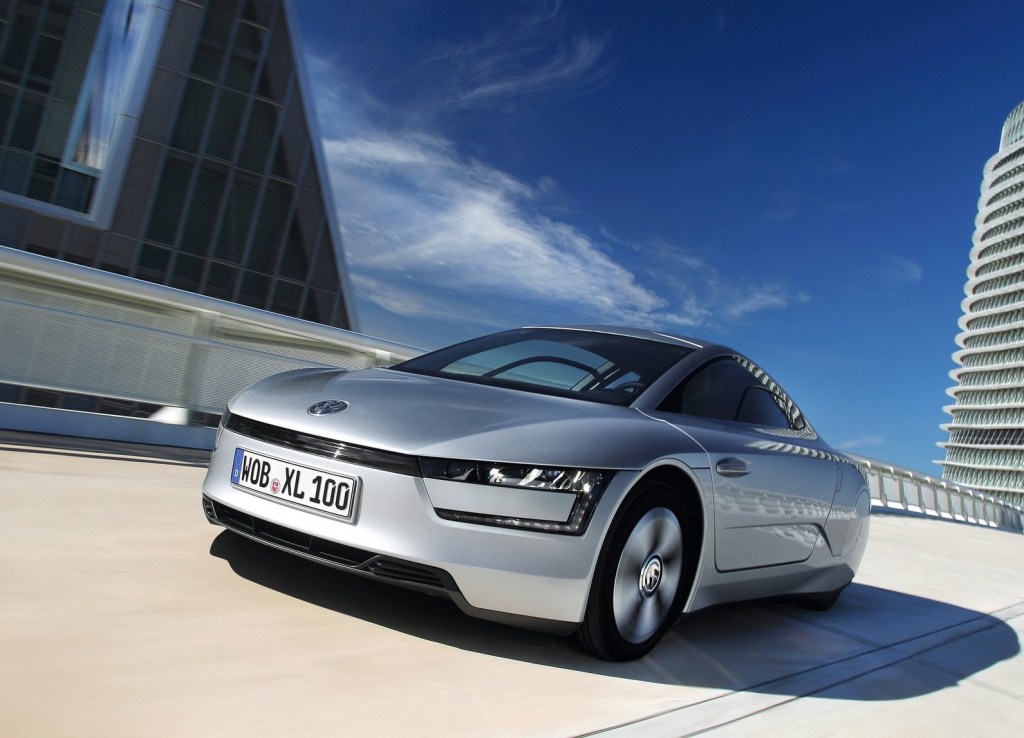
In case you haven’t heard of the Volkswagen XL1, don’t worry, it was never a niche car that was parked under the showroom lights at your local Volkswagen dealer. In fact, it was a European-only car that was the brainchild of former VW CEO, Ferdinand Piech, the same man that created hits like the Audi Quattro and the Bugatti Veyron. But with the XL1, Piech wasn’t looking to hit any horsepower milestones, he only wanted to answer one question: Can Volkswagen make a practical car that can achieve 100 km on just 1 liter of fuel?
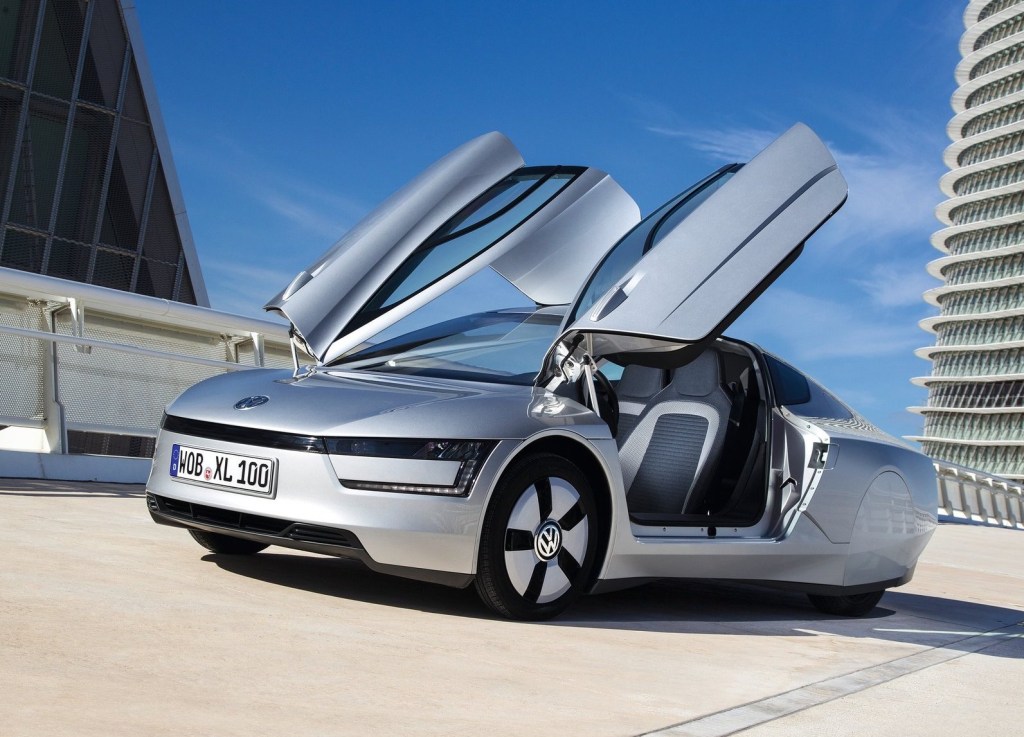
The XL1 probably looks vaguely familiar
Do you remember GM’s EV1 electric car from the mid-90s? If so, then the Volkswagen XL1 might look vaguely familiar. That’s mainly due to its wind-cheating “teardrop” shape that helps the car slice cleanly through the air, thanks to a drag coefficient of 0.186 (similar to the EV1). The body of the car is actually made from carbon fiber, aluminum, and plastic, and altogether, it weighs just 1,800 pounds. And although a lightweight body with just two seats sounds like the recipe for a perfect track car, the XL1 was anything but.
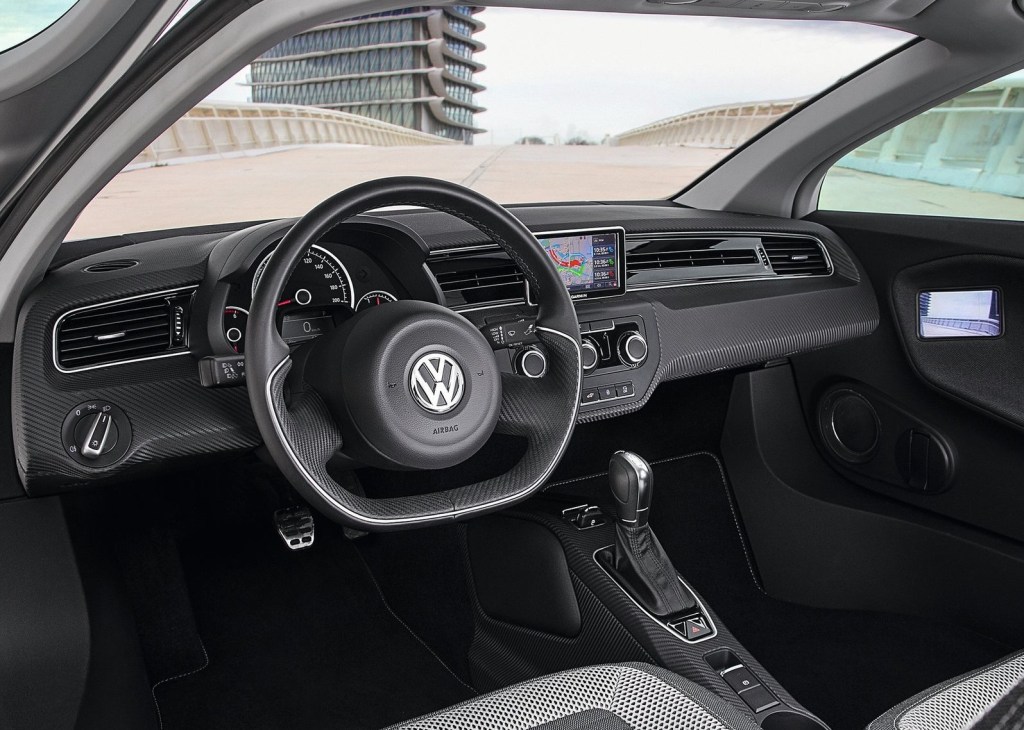
The XL1 was a diesel-powered hybrid
Think what you want about Volkswagen and diesels, but the XL1’s powertrain was an engineering marvel. It was powered by a turbocharged 800cc, two-cylinder diesel engine that produced 47 horsepower and 89 lb-ft of torque and was paired to a 27-hp electric motor and mated to a seven-speed DSG transmission.
Together, the combination put out 68 horsepower and 103 lb-ft of torque. That’s not a lot of power and it even took about seconds to get up to 60 mph and had a top speed of 99 mph, but again, power wasn’t the point of the XL1. The powertrain was also able to be plugged in and charged and with the battery full, the car could travel up to 22 miles on electric power alone.
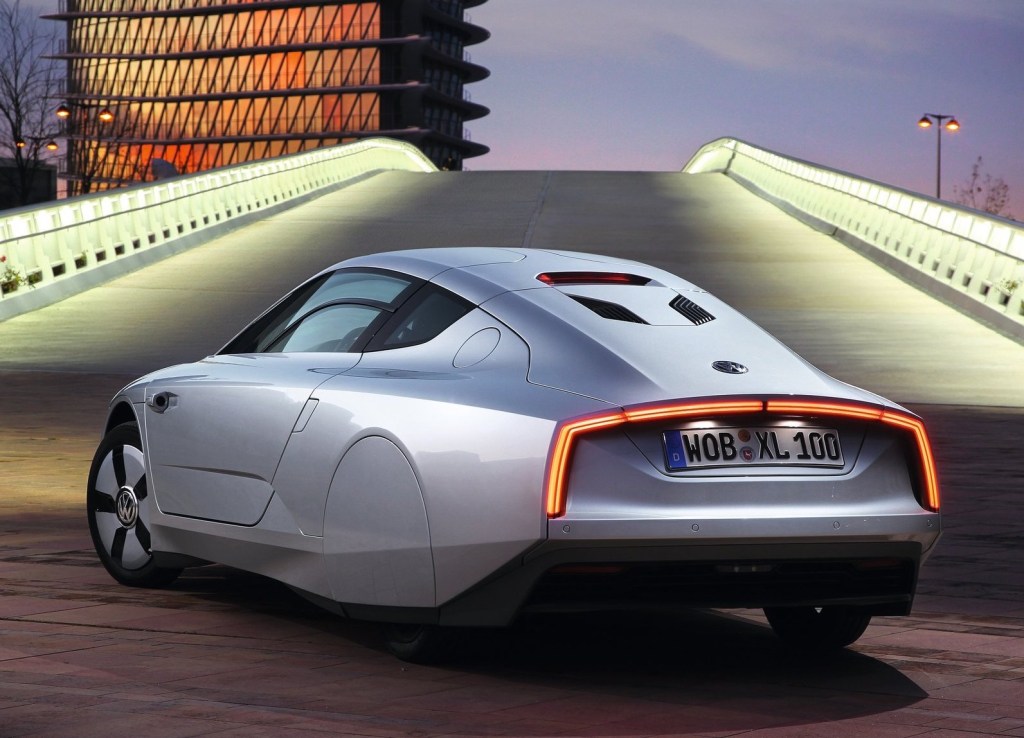
Did the XL1 answer the question?
The Volkswagen XL1 ended up going into production in 2013, but it was a limited run as only 250 of them were made for the European market. And it wasn’t cheap as Volkswagen priced the XL1 at around $129,000, but that didn’t stop buyers from putting in their bids as there was a waiting list for it. Deliveries started in 2014 and it was in production until 2016, however, you can still find a couple of used examples on the market for an astronomical price.
But that price is warranted as the XL1 did indeed answer the original question as it was ultimately able to achieve 280 mpg. Try doing that in a Prius.
